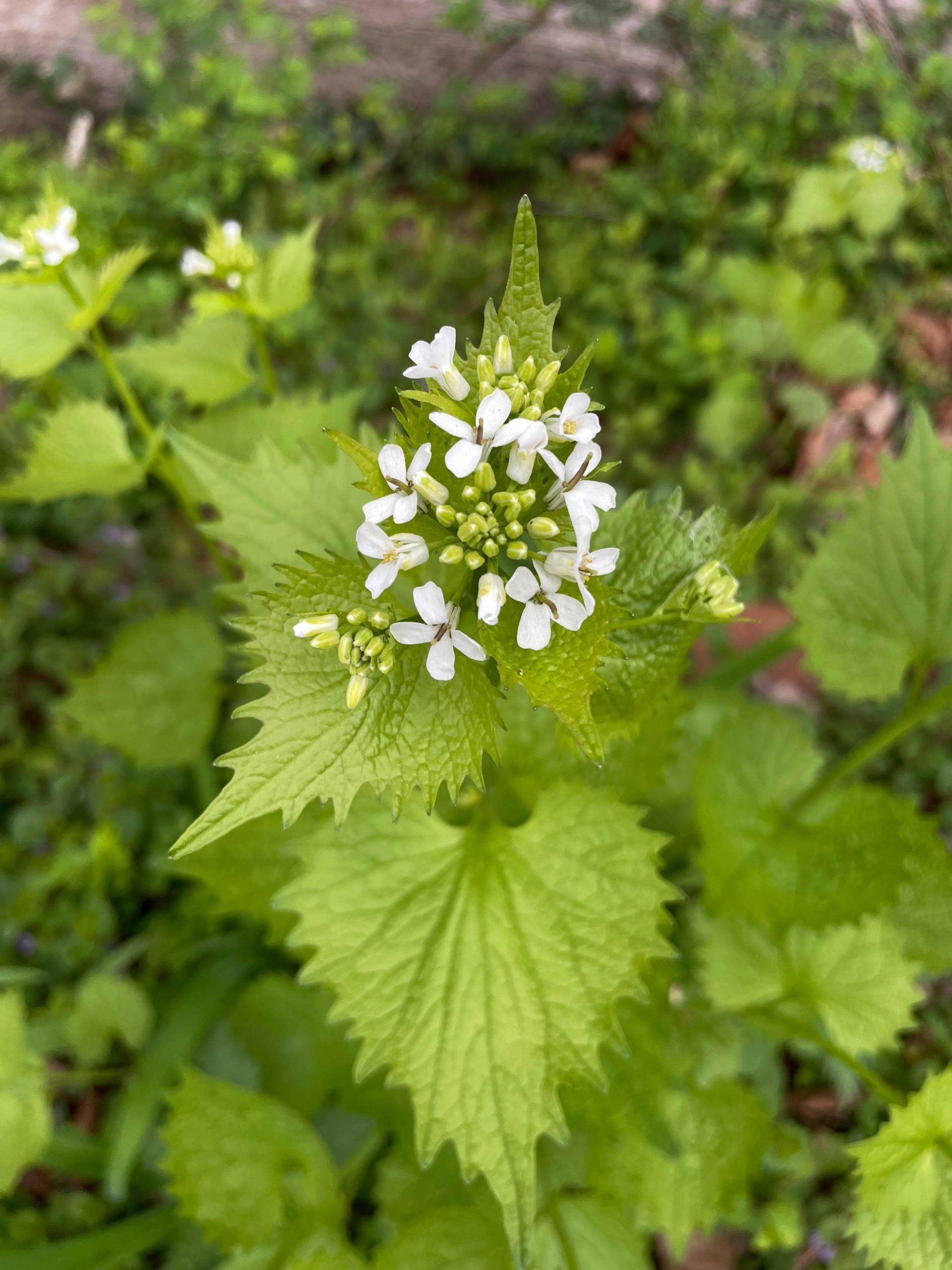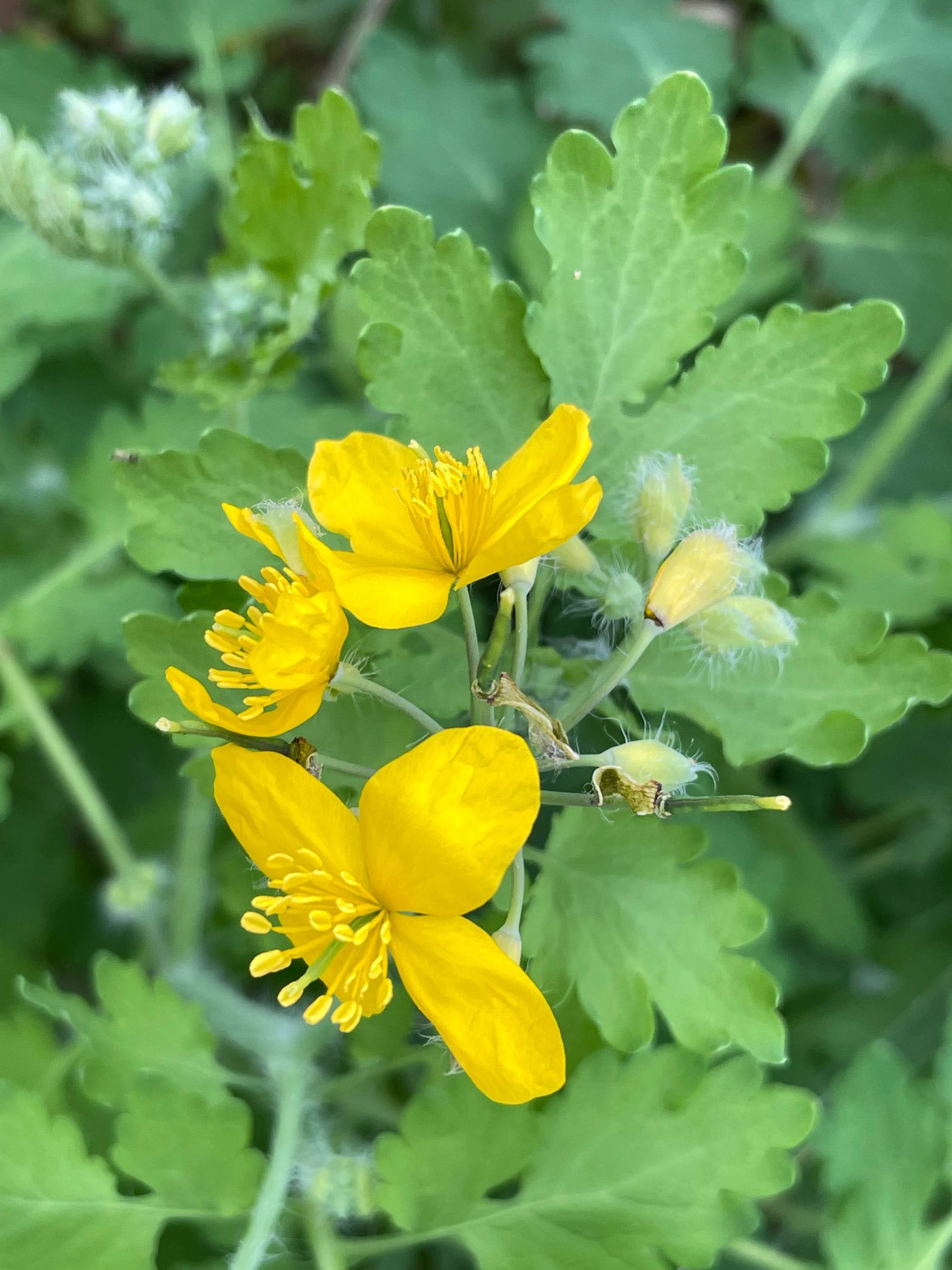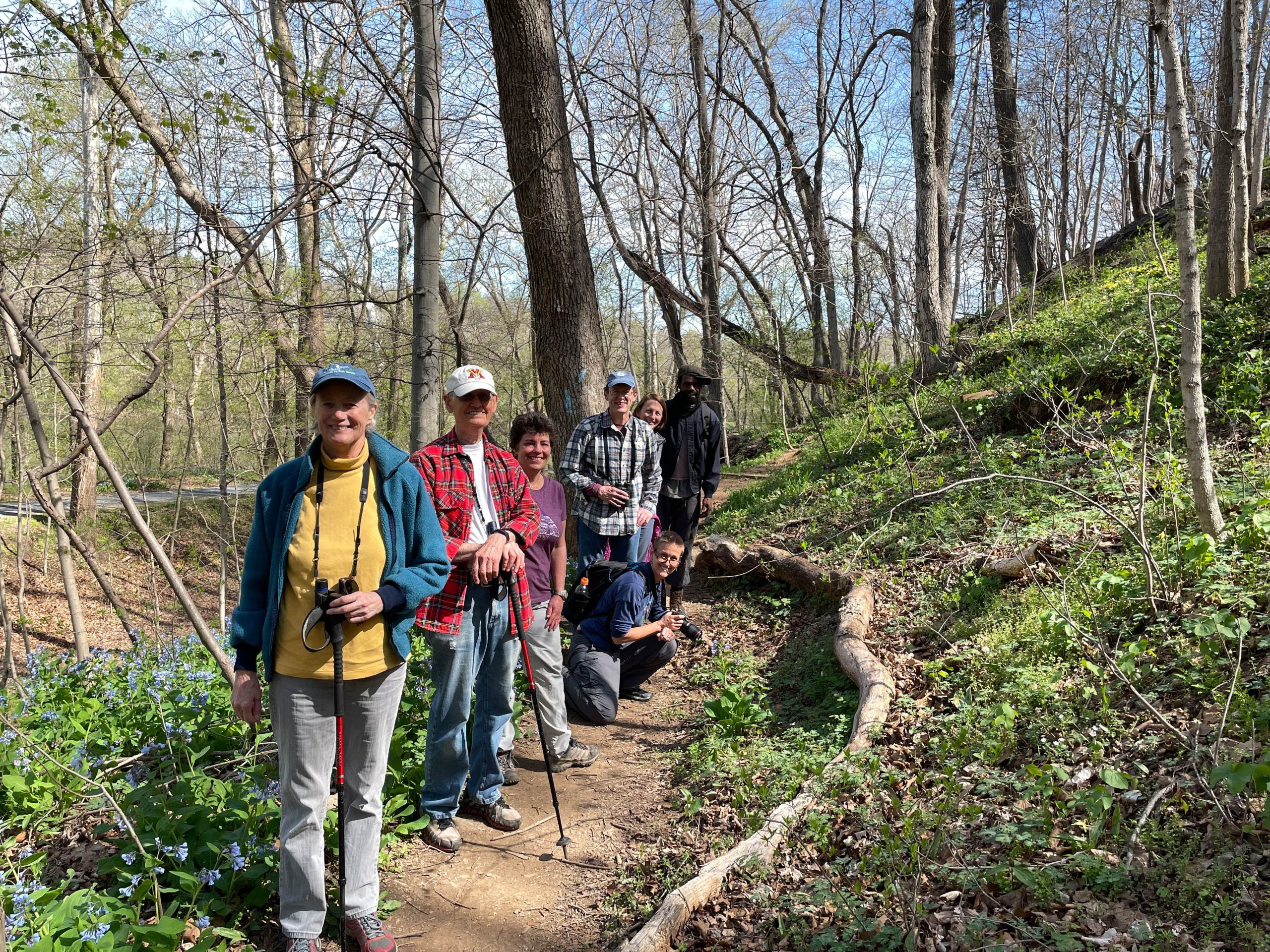Field Trip Report: C&O Canal and Ferry Hill
April is always a great time to see Spring ephemeral plants along the Chesapeake and Ohio Canal and we got extremely lucky with exceptional weather: about 70º with light cloud cover throughout the day. This made for some great photos and comfortable hiking. Our plan was to park near Lock 38 and walk towards Snyder’s Landing. We were having such a great time exploring that we spent the entire morning along the towpath and on Ferry Hill.



When most people think of spring ephemerals along the C&O Canal, the Virginia Bluebells are the first things that come to mind. We saw hundreds of them along the towpath with their nodding, pale blue flowers. We also saw lots of heart-shaped Squirrel Corn (Dicentra canadensis) and some Dutchman’s Breeches (Dicentra cucullaria), Virginia Spring Beauty, Pawpaw and Bladdernut. These are all beautiful native plants frequently found along the Potomac River.




This section of the Towpath also has its share of non-native species including Poison Hemlock, Garlic Mustard, Greater Celandine, and Garlic Pennycress. We encountered an enormous patch of Red-stemmed Storksbill (Erodium cicutarium) under a highway overpass. Most of these species can be found throughout Maryland but this area is especially notorious for the non-native Drooping Star of Bethlehem (Ornithogalum nutans). This species can be found throughout central Maryland but it is exceptionally common on this section of the C&O Canal and in fields of the neighboring Antietam National Battlefield. The flowers of Drooping Star of Bethlehem have relatively short pedicels unlike its relative, Star of Bethlehem (Ornithogalum umbellatum).



On the ridges above the towpath one can find some spring ephemerals of spectacular beauty. On the slopes, we found Yellow Trout Lilies, Sessile Trillium, Star Chickweed, Violet Woodsorrel, Early Saxifrage, Twinleaf and Eastern Shootingstar. Among the rocks, we saw some native Woodland Stonecrop and Maidenhair Spleenwort.



The canal is known for its spring ephemerals but we saw a few animals and lots of smaller plants and fungi. Wood Ducks were hanging out along the banks of the Potomac while a gang of Double-Crested Cormorants sunned themselves on a snag. The days leading up to the trip were dry, so we didn’t see many fungi but we did find some young Dryad’s Saddle and some dried Tree Ear (Auricularia sp.) as well as a few small mushrooms and polypores. We only spent half the day along the Canal but we got to see many of the iconic spring ephemerals of the Potomac Gorge.
– John Hall, Trip Leader


